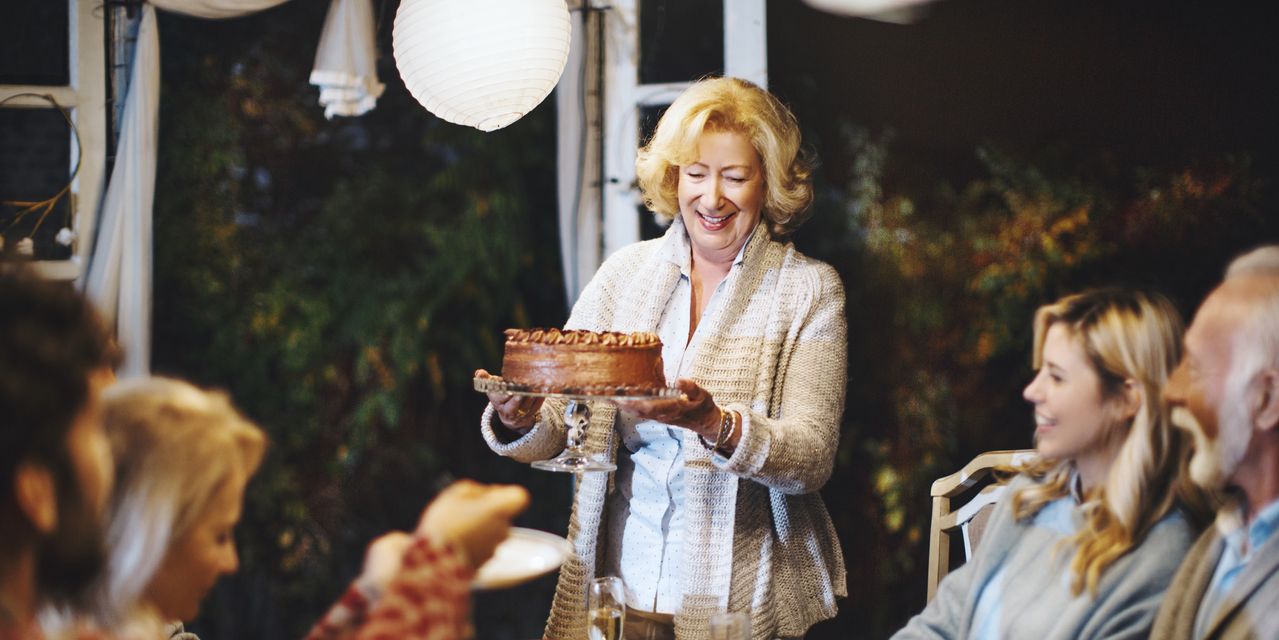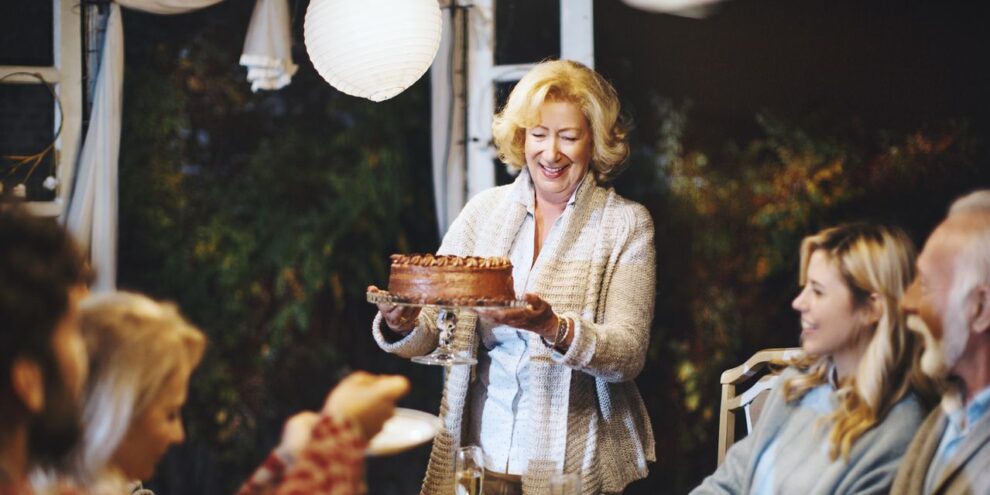
Here’s the million, or let’s say, billion-dollar question: What is aging well and how do you do it? What’s the secret elixir?
There are expert presentations on a Ted Talk playlist: How to Make You Feel Good About Getting Older. And there are droves of self-help books, exercise regimes, healthy diet gurus and lines of cosmetics that this query has spawned.
That’s where Marc Freedman, founder and chief executive of Encore.org and the author of “How to Live Forever: The Enduring Power of Connecting the Generations,” comes in.
Freedman is one of those experts on the longevity revolution who makes you stop and listen. Really listen. Trust me on this. In his latest book, out in paperback this week, he explores longevity, youth, purpose and happiness, and the role older people can play in giving back to the next generation.
He’s not a disciple of retirement. As he told me in an interview: “All too often, individuals are left to their own devices when it comes to finding a new sense of purpose in a postretirement period that could be as long as the middle years in duration. Many feel like they are all alone in navigating the new terrain, practically and emotionally.”
Learning to age well requires an emotional shift. More yesterdays than tomorrows has a way of adding an urgency to this stage of life. “Time is more precious.” Freedman says. “Questions of purpose and legacy are more prominent. That can sound depressing, but for many people it is a powerful source of motivation for making the most of this period.”
I spoke with Freedman about his book, “How to Live Forever,” and his views of aging well. The highlights of our conversation are below and have been edited and condensed.
We now have more people over 60 in this country than under 18. How can we make an aging society work?
America is becoming a much more multigenerational society, with five generations alive at the same time. This is no temporary blip; it’s a permanent shift. Some see this transformation producing a zero-sum battle between old and young over scarce resources, but this dystopian scenario runs counter to much of human history.
Actually, there’s good reason for optimism. Anthropologists now believe it was the role of grandmothers caring for young children (and allowing mothers to gather more food) that served as the turning point in our becoming human beings in the first place. And developmental psychologists studying both ends of the age spectrum today are discovering that the needs and assets of younger and older people fit together like pieces of a jigsaw puzzle. Just ask any grandparent.
Now’s the time to build on these inherent and complementary assets. Let’s find new ways to bring the generations together to forge bonds, find joint purpose, and bridge divides. Intergenerational connection could be a defining feature of American resilience in the 21st century.
How has the pandemic affected the generational divide?
Let’s face it, a powerful message to our generation — I say this as a 62-year-old — has been “stay home, stay safe — and stay out of the way.” That message has reinforced ageism and the age segregation that has grown so rampant in American society. It’s driven a wedge between generations, within families and in communities.
At the same time, by separating us, the pandemic has awakened a deeper appreciation for our essential interdependence across age and led to calls for the creativity that will be needed to bring young and old together again when it’s over.
You call for dramatic innovation in the ways we bring generations together. What are you seeing in the past few years that excites you?
We’re going to need to be as creative in bringing people together across age as we’ve been in splitting them apart, an imperative all the more urgent in the context of COVID’s toll. The good news is that innovation is already under way.
I recounted many examples of innovative practices in How to Live Forever, but I’m even more heartened by the wave of innovation I’ve witnessed since the book was first published two years ago. One of my favorite examples is Nuns and Nones, originated by a group of young changemakers, spiritually-inclined but religiously unaffiliated (the “nones”), who sought out older Women Religious all over the country (the “nuns”) for guidance about living a good life and leaving the world better than we found it.
Nuns and Nones also underscores how much of the push toward generational connection and collaboration is coming from young people. Young social entrepreneurs are behind Nesterly, a homesharing platform that brings homeowners with room to spare together with college students who need affordable rents; Big & Mini, a community that’s reducing isolation by helping to create intergenerational friendships; and Mon Ami, an app that’s being used by governments and nonprofits to mobilize large-scale volunteer efforts.
And there are so many more. I encourage folks to take a look at our 15 new Gen2Gen Innovation Fellows. The work they’re doing gives me confidence about our future.
How can individuals age-integrate their own lives, even in the pandemic?
It all comes down to a pair of priorities: proximity and purpose. How’s that for alliteration!
By proximity, I mean finding ways to encounter individuals of different ages and generations, whether in the course of daily life or even via Zoom. To resist the scourge of age segregation. And by purpose, I’m talking about the need to make these intergenerational connections in ways that reinforce common, shared interests that animate our lives.
We could go a long way to finding proximity and purpose in this country, for example, by creating intergenerational service programs aimed at connecting youngers and olders to use their complementary skills to solve local problems — like contact tracing, feeding the hungry, educating children, and rebuilding after disasters.
But there’s one more way to age-integrate that anyone can do right now, no infrastructure needed. In a word, listen. One of my mentors, in his 80s at the time, once told me it’s a lot more important to be interested than to be interesting. It’s certainly one of the keys to bridging difference, across age as well as many other divides.
Does it matter that we now have the oldest president in the nation’s history?
It’s a striking paradox: Just as we’re pushing more and more older people to the sidelines during this time of pandemic — increasing not only loneliness but its close cousin, purposelessness — we’ve also witnessed the leadership of so many older men and women.
The nearly 80-year-old Dr. Anthony Fauci has served as a voice of calm reason and deep knowledge throughout the battle with COVID. Elder icons like the late Congressman John Lewis and Justice Ruth Bader Ginsburg continued their life’s work to build an equitable society with deep passion to the very end. And now we have the oldest president-elect in American history.
Some express legitimate concerns about a gerontocracy holding on to power at the expense of younger people. All the more reason that our elder leaders, starting with the new president, should take this moment to call the generations to common purpose, to ask old and young alike to roll up their sleeves to create a stronger, more cohesive society together, and to make the most of the multigenerational moment already washing over us.
Thanks for your time, Marc. My personal favorite takeaway. “It’s a lot more important to be interested than to be interesting.”
Kerry Hannon is a leading expert and strategist on work and jobs, entrepreneurship, personal finance and retirement. Kerry is the author of more than a dozen books, including Great Pajama Jobs: Your Complete Guide to Working From Home, Never Too Old To Get Rich: The Entrepreneurs Guide To Starting a Business Mid-Life, Great Jobs for Everyone 50+, and Money Confidence. Her on Twitter @kerryhannon











Add Comment